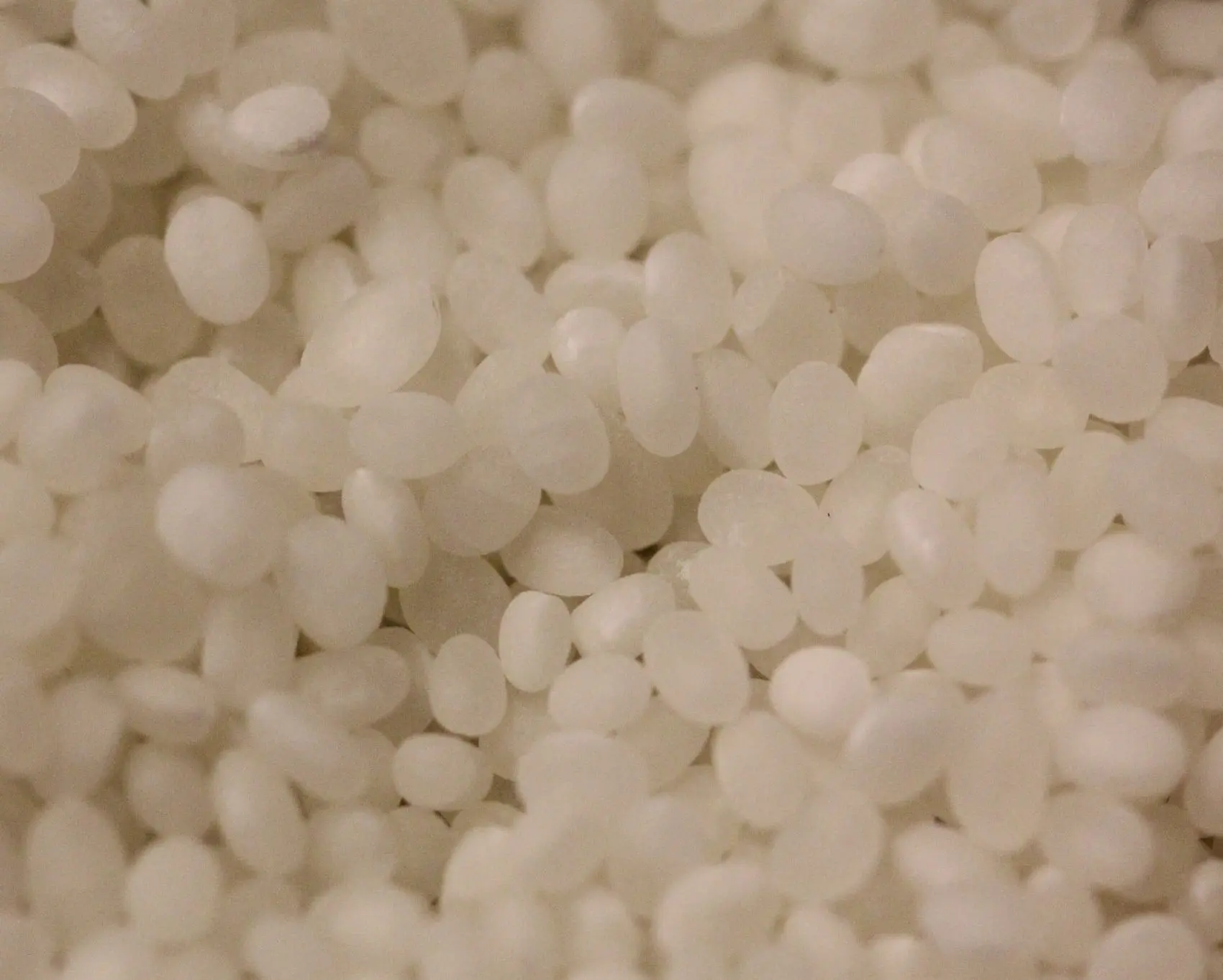Daiginjo is the highest level of sake. Daiginjo is to sake what Grand Cru is to wine–the Ultimate.
Daiginjos are made with rice that is polished down to 50% or less of the grain. In making daiginjos, sake makers are polishing away the fats and proteins on the outside of the grain and isolating the starch at the center, called the shinpaku. The more that pure starch is isolated, the lighter, cleaner, fruitier, and more elegant the sake will be.
The term “daiginjo” is often used to encompass the level itself, daiginjo AND junmai daiginjo. Although the rice must be polished to 50% to qualify as a daiginjo, some sake makers will go to 40% or even 35% for their most expensive daiginjos. This is certainly true of daiginjos submitted to competitions. Some sake makers are going farther, even to 9%, but the returns of doing so are debatable. At any polishing level, when a brewery meets the requirements and labels their sake “daiginjo,” they are saying it is excellent. The characters for daiginjo actually mean “great ginjo.”
At the lighter end, daiginjos are soft, ethereal, and clean. At the richer end, they show concentrated, fruity notes. Terms like “over-ripe,” “candied,” and “juicy” can easily be applied to these daiginjos. Although ginjos and daiginjos can be generally described as aromatic, fruity, and clean, daiginjos are focused and elegant, while ginjos are brighter and livelier.
Given their elegance, daiginjos are the perfect match for exquisite Japanese food, like omakase sushi, wagyu, or kaiseki. Within Western cuisine, triple cream cheese, foie gras, and fruit desserts are excellent pairings. Although most daiginjos are best enjoyed with food, they can be enjoyed as “sipping sakes”—slowly enjoyed and reflected on without any distractions.
Daiginjos are also gifting, ceremonial, and celebratory sakes. They are usually packaged in beautiful gift boxes for special occasions. They are also poured at weddings, important business dinners, or special occasions.
At the highest end, sake makers submit the finest of their daiginjos to competitions–local, regional, and national–to bring home the gold–or silver, or bronze. In any shape or form, enjoy!
